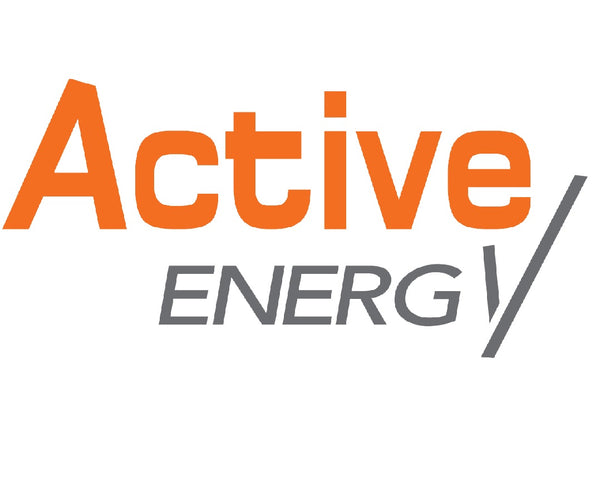In modern life, our homes and industrial electrical devices typically operate on alternating current (AC), while currents generated by renewable energy sources like solar panels are direct current (DC). This brings about a question: How can we convert the DC produced by solar panels into the AC we commonly use? This is where inverters come into play.
What is an Inverter?
An inverter is an electronic device that converts direct current (DC) into alternating current (AC). Inverters play a crucial role in solar power generation, wind power generation, battery storage systems, and many other applications. They enable us to efficiently integrate energy from renewable sources into the grid, supplying homes, industries, and businesses.
Working Principle of an Inverter:
The working principle of an inverter can be explained through the following steps:
-
Rectification: First, the inverter receives direct current from sources like solar panels. This direct current is first subjected to rectification, which converts it into a pulsed direct current signal.
-
Filtering: To smoothen the output signal, the direct current passes through a filtering process to reduce fluctuations.
-
Inversion: Next, the rectified and filtered direct current enters a crucial part of the inverter. The inverter contains switch circuits that periodically turn on and off as needed. By controlling the states and frequencies of these switches, the inverter adjusts the output waveform to match the frequency and amplitude of the grid's alternating current.
-
Generating Alternating Current: By continuously adjusting the states of the switches, the inverter can produce an alternating current signal at the output that matches the grid. This enables the direct current generated by renewable energy devices like solar panels to be effectively fed into the grid.
Types of Inverters:
Inverters come in various types, including pure sine wave inverters, modified sine wave inverters, and square wave inverters. Pure sine wave inverters generate AC waveforms almost identical to the grid's waveform, while modified sine wave inverters generate waveforms closer to a sine wave. Square wave inverters generate waveforms that are more rectangular and are typically used in specific applications.
Conclusion:
Inverters are essential components in modern power systems, converting the direct current from renewable energy devices like solar panels into alternating current suitable for our everyday lives. Through inverters, we can make more efficient use of renewable energy, contributing to environmental sustainability and sustainable development.

